Vietnam War photographer on taking My Lai massacre photos: 'It was just unreal'
The pictures made the story of the massacre inescapable.
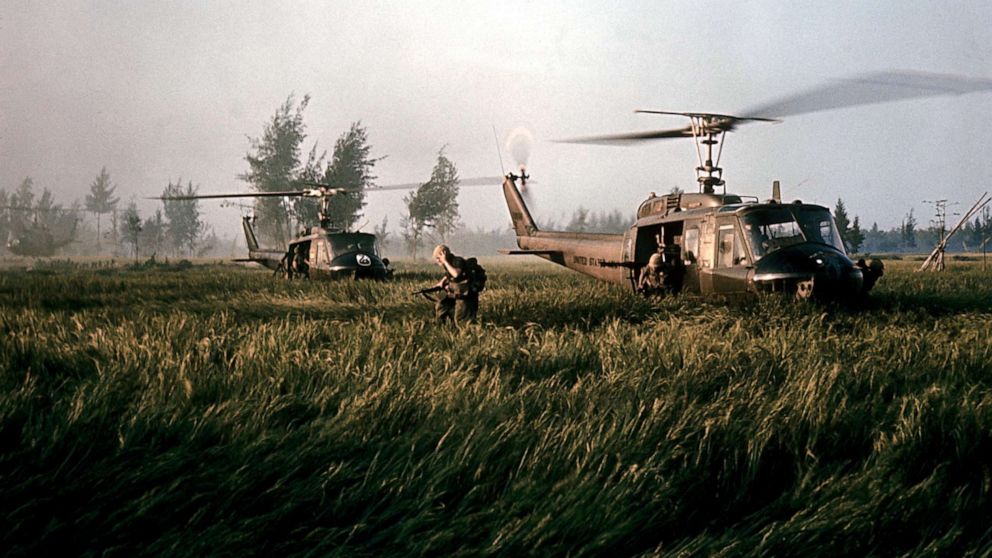
WARNING: GRAPHIC CONTENT. IMAGES MAY BE DISTURBING FOR SOME VIEWERS.
Vietnam -- a war and a country with which America has never come to terms.
There were those who fought in it and some who died in it. There were those who fought against it and paid their own price. And there were those who were fortunate -- those with money, clout and deferments.
Fifty years ago, as Richard Nixon assumed the presidency, these clashing forces came to a head. And Nixon, even as he desperately sought to extricate the United States, called on the "silent majority" to stand up in support of the war.
All of this came as proof of another terrible price emerged: the atrocities of My Lai.
Watch "Fortunate Sons" TONIGHT at 10 ET on ABC
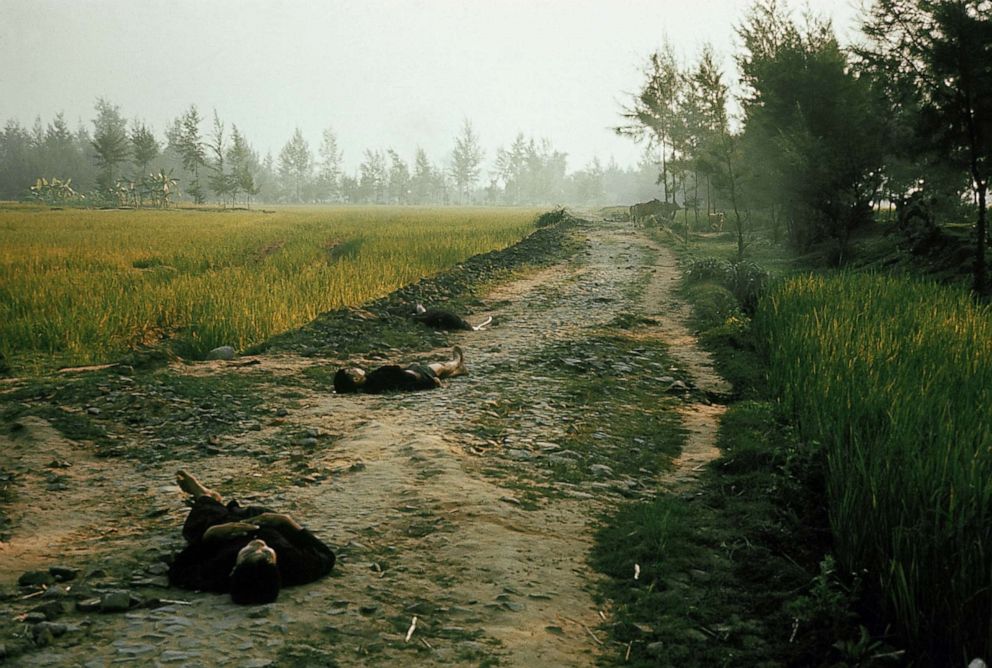
The rampage now known as the My Lai massacre occurred March 16, 1968. U.S. troops stormed the Vietnam village, using automatic weapons and bayonets to slaughter as many as 500 people, including children and the elderly. Soldiers raped women and girls, and then killed them.
On Nov. 12, 1969, it all came to light: The story broke through the Dispatch News Service and was picked up by dozens of newspapers.
Nothing can explain away the atrocity. But to give it context, it's useful to remember that it was often unclear at the time which civilians could be trusted in Vietnam. The Viet Cong, the organization fighting with North Vietnam against South Vietnam and the U.S., was hiding in plain sight.
"The villagers, in the daytime, it was just normal attire," Tiney Corbett, Jr., a Vietnam War veteran and Bronze Star recipient, told ABC News. "Some of these same folks ... might be your barber in the daytime and in the night, he might be the one that comes to try to kill you."
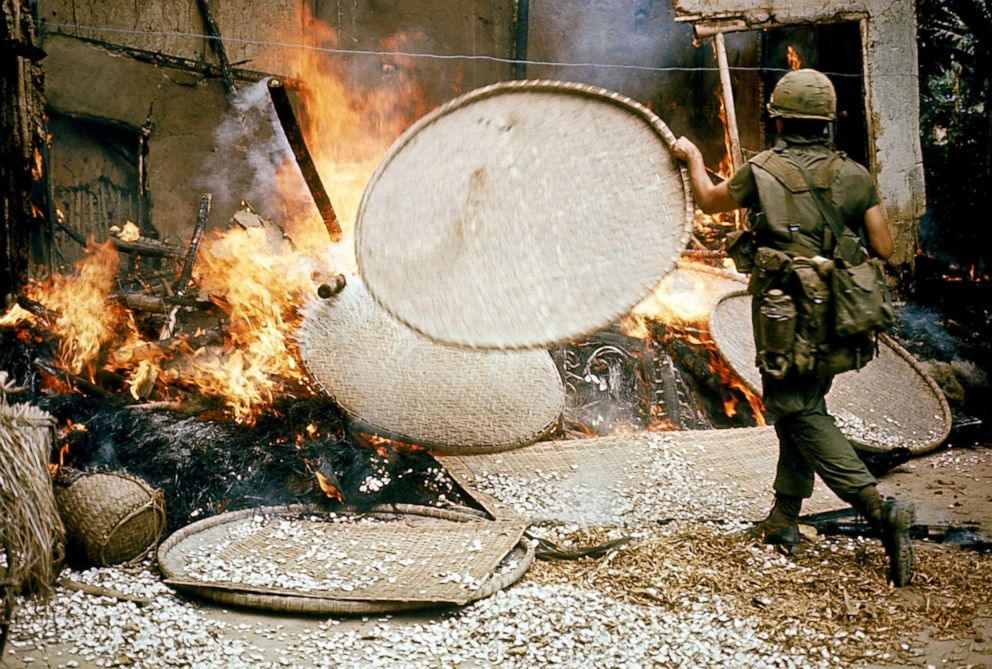
This mentality was an underlying force behind the My Lai massacre. Kenneth Hodges, a U.S. Army squad leader who was at My Lai at the time, told ABC News that troops entered My Lai under the assumption that the people there were Viet Cong or sympathizers of the group.
"The day before the assault on My Lai, the company commander got the whole unit together," Hodges said. "They said that we could expect heavy resistance going in. Heavy resistance meant that the enemy is there and they are ready for a fight. … Orders were to kill or destroy everything in the village."
"On the way going up toward the village there was an old man, a boy, and one was a girl pleading, 'No [Viet Cong], no [Viet Cong],'" Ronald Haeberle, a former Army photographer on the My Lai mission, told ABC News. "All of a sudden, the GI next to me opens up and shoots them. I took a picture."
"We came upon this group of people and the soldiers were harassing them, trying to get at this one girl in the back [to] take her blouse off," he continued. "We started to walk in the opposite direction. I heard firing -- two M16 automatic [rifles] shooting all these people. It was women, old men, children -- all noncombatants. Especially the babies. I mean, it was just unreal."
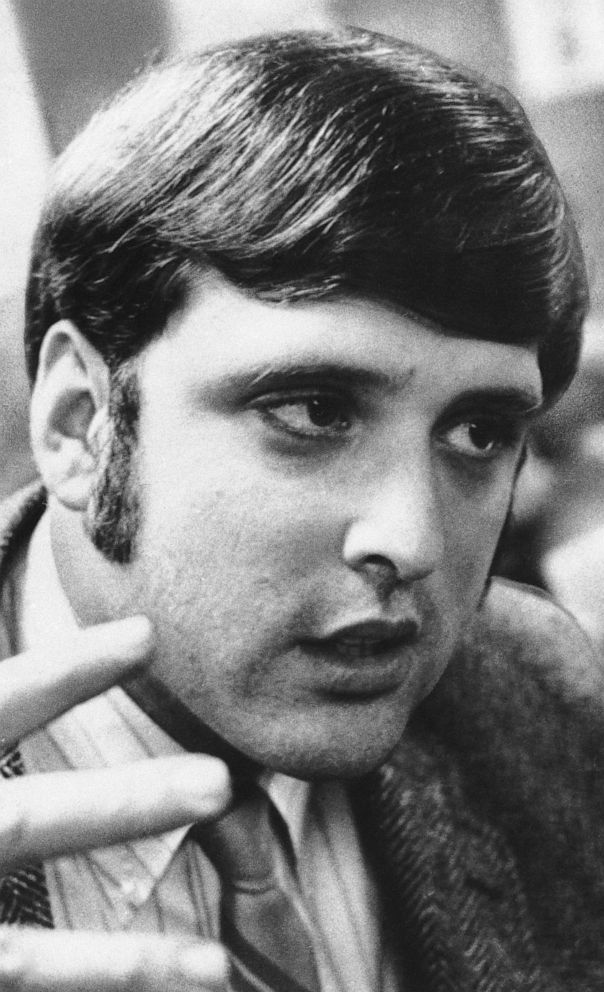
Pham Thanh Cong, a survivor of My Lai, told ABC News that American troops killed everyone else in his immediate family. Another 170 people were slaughtered at a single location in the village.
"They stood at this ditch and used machine guns to shoot the villagers dead and push them into the ditch," Haeberle said.
Haeberle had two cameras with him that day. One was his personal camera with color film, which he took back to the U.S. with him instead of turning it over to the military. Those pictures were first published by The Plain Dealer, a Cleveland newspaper.
The pictures made the story of the massacre inescapable.
Opposition to the war had already begun to swell prior to news of the My Lai massacre. In July of 1969, David Harris, husband to folk singer Joan Baez, was arrested for resisting the draft. Harris founded the organization known as The Resistance, which encouraged men of draft age to refuse to cooperate with draft laws.
"The fact was, this war was wrong. And I don't mean just wrong as a mistake in policy, which it was, but it was much more than that," Harris told ABC News. "It was wrong with a capital 'W.' It was the kind of wrong you send people to prison for war crimes about."
"He decided," Clara Bingham, author of "Witness to the Revolution," told ABC News, "that the best way to oppose the war was not to desert -- to run away to Canada. He thought, 'Send me to jail.' Raise your hand and say, 'I won't go. Hell no, I won't go.'"
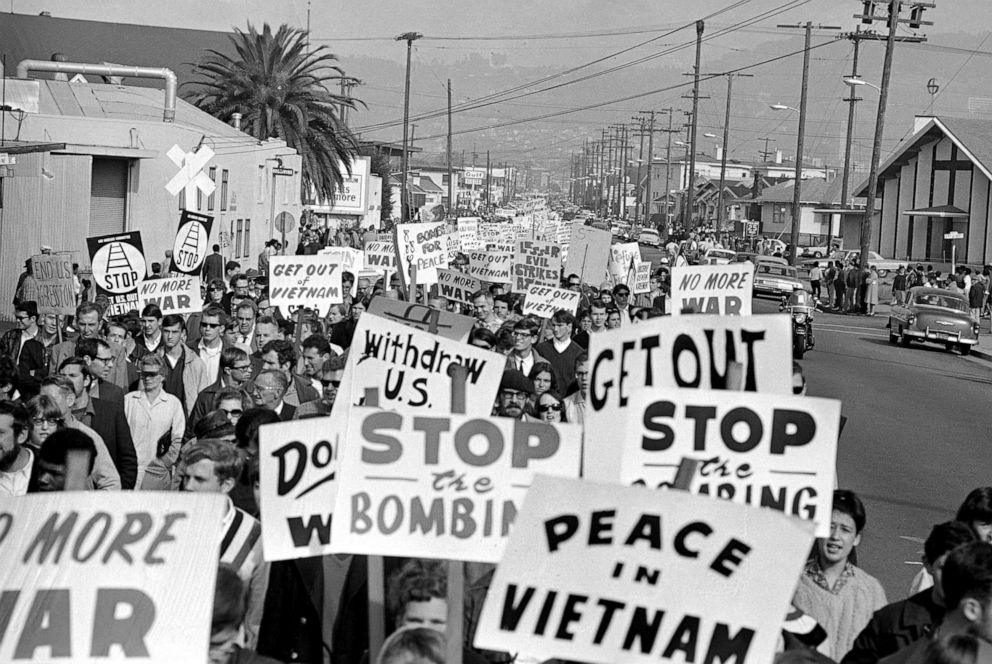
Along with Harris' efforts, which had widespread impact as the courts filled with draft resisters, other groups had begun organizing anti-war efforts, including David Mixner, who helped found the Vietnam Moratorium Committee.
"These marches were not about politics. [it was] about life and saving lives," Mixner told ABC News.
On Oct.15, 1969, more than 2 million Americans participated in a nationwide "Moratorium" -- an anti-war effort "to show Americans that the anti-war movement [was] mainstream. It [incorporated] mothers, old people, working-class people and people from the middle of the country," according to Bingham. Church services, marches, teach-ins, sit-ins took place across the country, from large cities like Boston and New York to small towns in the Midwest.
At the time of the Moratorium, former Secretary of State John Kerry had returned to the United States after serving in Vietnam as a swift boat skipper and earning a Silver Star, a Bronze Star and three Purple Hearts.
Deeply questioning the American mission in Vietnam, Kerry said, "I wanted to find a way to try to end the war that I'd fought in because I thought we needed to and began that process."
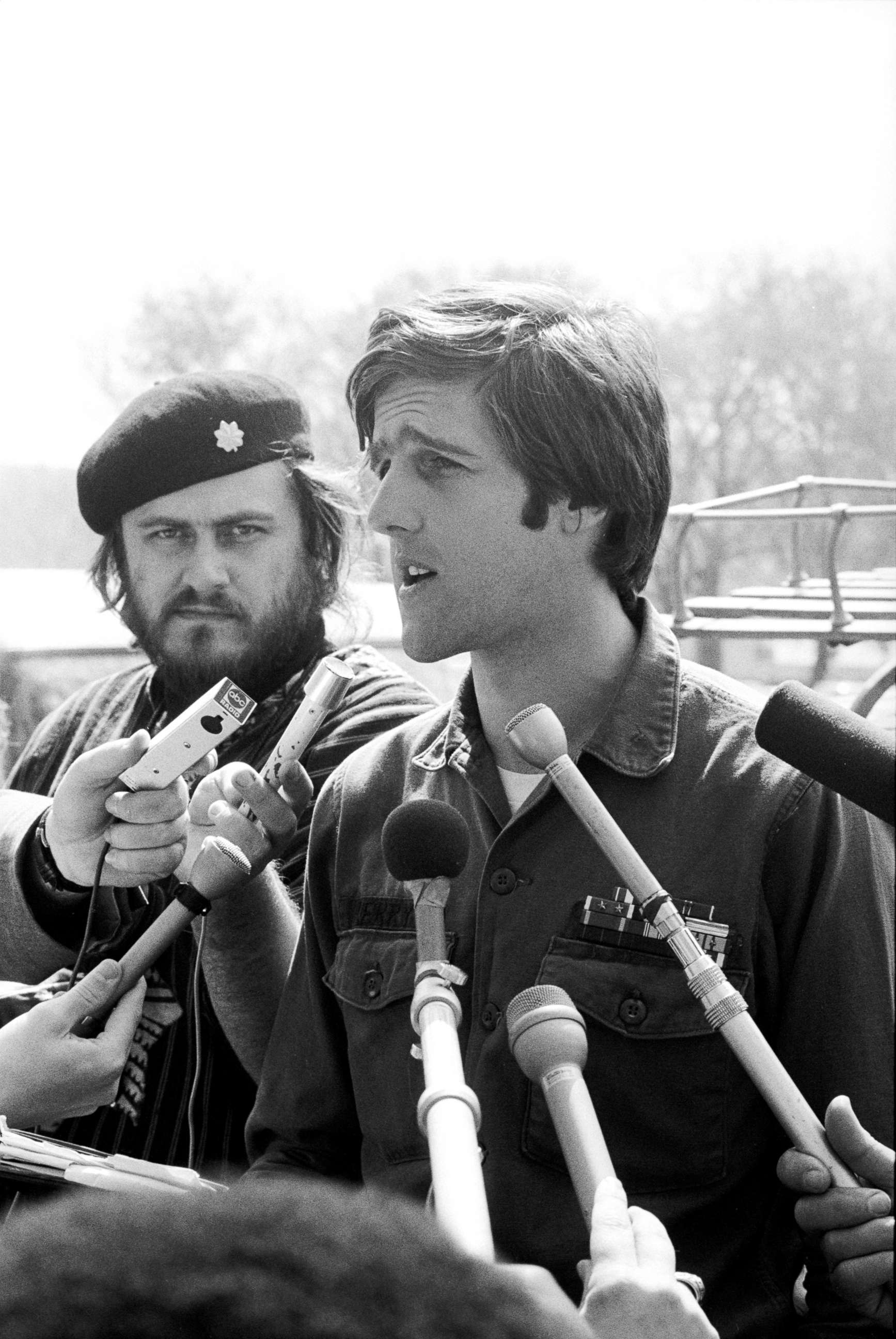
Still serving in the U.S. Navy, Kerry took a vacation day and volunteered to fly a speaker around events in New York state.
"I saw this ... massive coalition of energy," Kerry told ABC News. "It had a big impression on me that I wasn't sort of alone sitting there, stewing in my feelings about the war. I mean, it was the birth of my activism, yeah."
When Kerry left the Navy at the end of 1969, his participation in the anti-war movement only grew. In April 1971, Kerry marched on Washington with about 5,000 other veterans, and he went before the Senate Foreign Relations Committee and asked the defining question of the time: "How do you ask a man to be the last man to die in Vietnam?"
"When I criticized the war, some people obviously didn't like that," he said. "But a lot of us felt it was important to tell the truth about what was happening over there in order to try to save lives, and I think, ultimately, the efforts to end the war did save lives. I feel that very, very strongly."
On Jan. 28, 1973, a day after the signing of the Paris Peace Accords by the governments of the U.S., South Vietnam and North Vietnam, a cease-fire went into effect. By the end of March, the last U.S. combat troops departed.
The rancorous consequences of Vietnam continue to this day. And those who fought -- unfairly conflated with those who ordered the fighting -- suffer to this day.
"Every American should remember that war, and every American should be taught about it," Harris said. "It's still there in the memory bank, but I think we as a country have not come to terms with it. We have not faced up to what we did. We have not made amends for it. We killed more than 2 million people for no good reason. You can't just walk away from that."




